Did you know that trillions of tiny organisms in your gut could be the key to better health, more energy, and a happier mood? In this guide, we’ll reveal the top 10 foods for gut health, complete with practical tips and easy recipes to help you get started. Whether you’re dealing with digestive issues or simply want to boost your overall wellness, these powerful foods will help you build a healthier gut – naturally and deliciously.

Why Gut Health Matters
Your gut microbiome does more than digest food. It’s like a control center for your whole body. A healthy gut makes your immune system stronger. “Seventy percent of the immune system is located in the gut,” according to David Heber, MD, PhD.
It creates nutrients you need, affects how you feel mentally, helps control your weight, and even changes how your skin looks.
“Some of the foods that have been associated with an increased risk for chronic diseases such as type 2 diabetes and heart disease are also associated with excess inflammation,” Dr. Frank Hu of Harvard says. “It’s not surprising, since inflammation is an important underlying mechanism for the development of these diseases.” The good bacteria in your gut help reduce inflammation and keep you healthy.
Learn more about the benefits of a healthy gut microbiome.
Now, let’s explore the top 10 foods for gut health that can help nourish your digestive system.
1. Sauerkraut & Kimchi
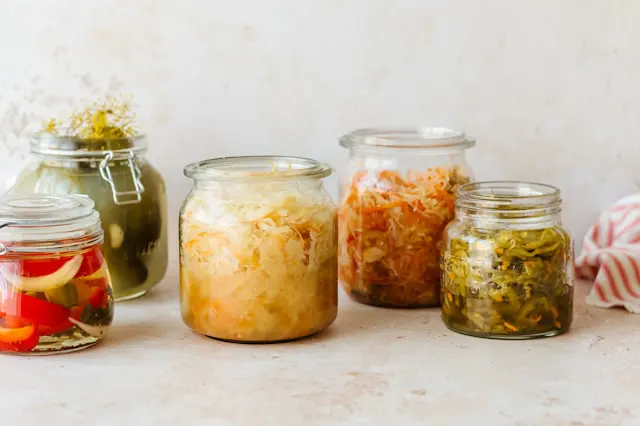
What makes them special:
These fermented vegetables are packed with good bacteria that help your gut grow different types of healthy bacteria.
How to use them:
- Buy them from the refrigerated section to get the ones with live bacteria
- A few spoonfuls at a meal is plenty. I usually eat some before my lunchtime smoothie
- Keep them in an airtight container covered in their liquid
- Add them to sandwiches, salads, or eggs
- Make your own fermented foods
Try these recipes:
- “Classic Homemade Sauerkraut” – learn to make basic fermented cabbage
- “Traditional Korean Kimchi” – spicy fermented vegetables with amazing flavor
2. Yogurt & Kefir
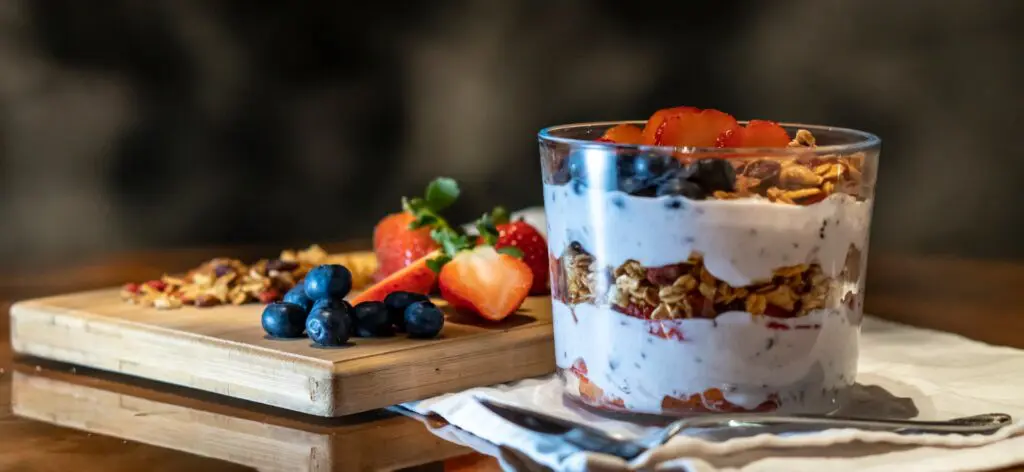
What makes them special:
They contain lots of live, good bacteria that help keep your gut balanced.
How to use them:
- Pick plain ones without added sugar
- Look for “live active cultures” on the package
- Eat them on an empty stomach so the good bacteria work better
- Use them in smoothies or overnight oats
Try these recipes:
- “Overnight Oats with Greek Yogurt” – easy and tasty
- “Homemade Kefir” – a simple fermented drink anyone can make
3. Beans & Legumes
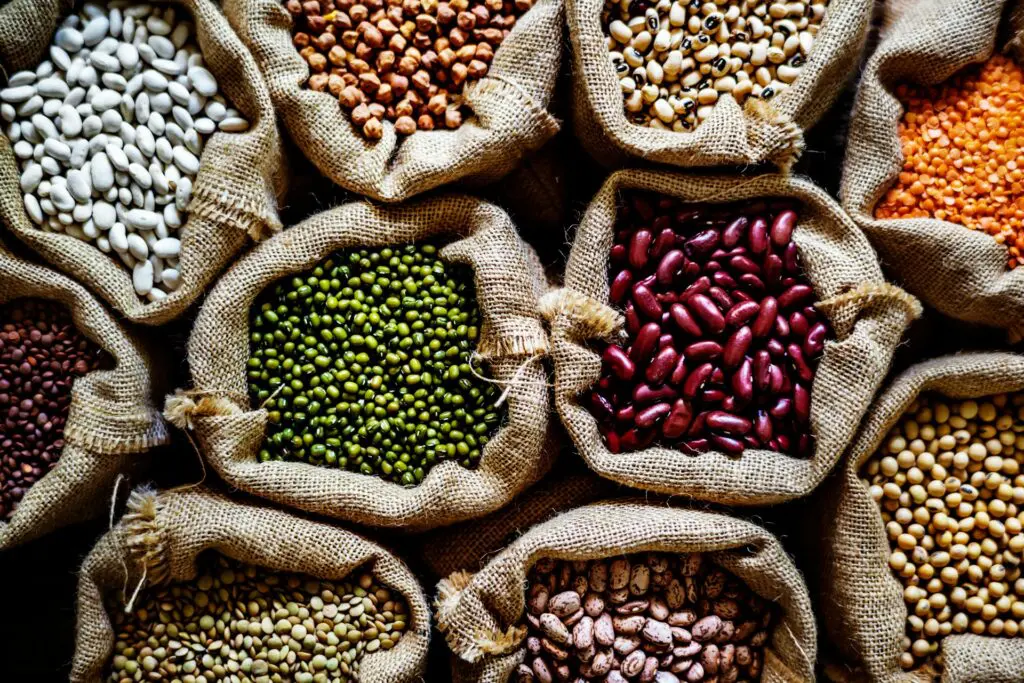
What makes them special:
They’re full of fiber that feeds the good bacteria in your gut and helps you digest food better.
How to use them:
- Soak dry beans overnight to make them easier to digest
- Rinse canned beans well to remove extra salt (See more on canned vs dry beans and other vegetables.)
- Add kombu seaweed while cooking to help prevent gas
- Start with small portions and slowly eat more
- Cook them with spices like cumin, ginger, or fennel
Try these recipes:
- “Cuban Black Beans and Rice” – a tasty comfort food
- “Mediterranean Lentil Soup” – filling and full of fiber
4. Whole Grains
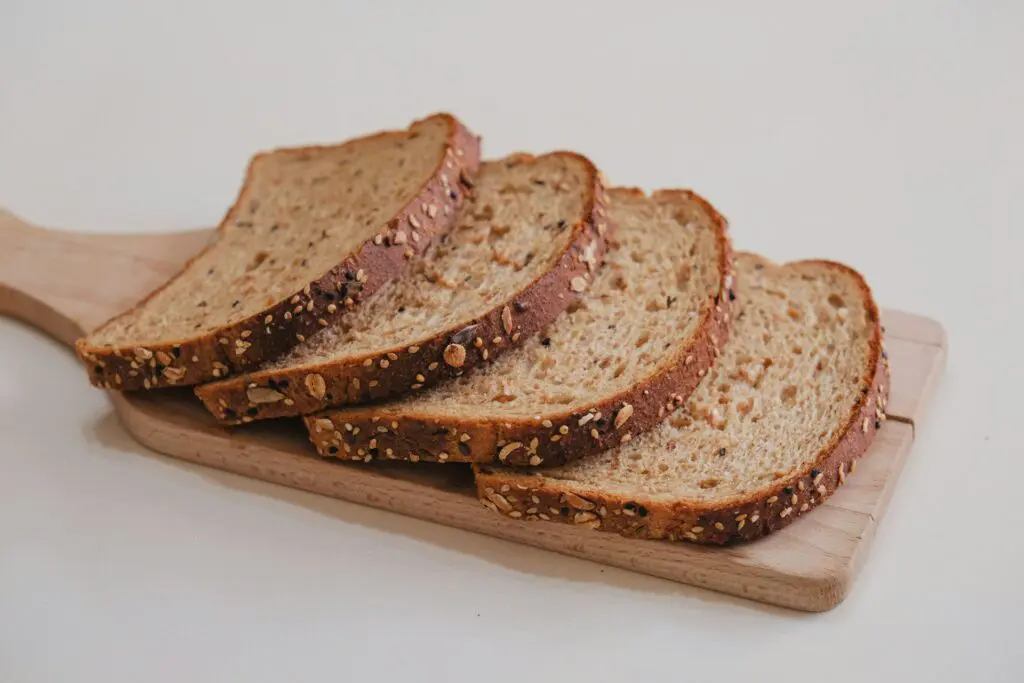
What makes them special:
They contain beta-glucan fiber that helps good bacteria grow and keeps your heart and digestion healthy.
How to use them:
- Soak oats overnight to get more nutrients from them
- Eat sprouted grains when you can – they’re easier to digest
- Store them in sealed containers in a cool, dry place
Try these recipes:
- “Steel Cut Oatmeal with Bananas” – self-explanatory, easy, and filling
- “Barley Risotto with Mushrooms” – creamy like original risotto but healthier
5. Leafy Greens
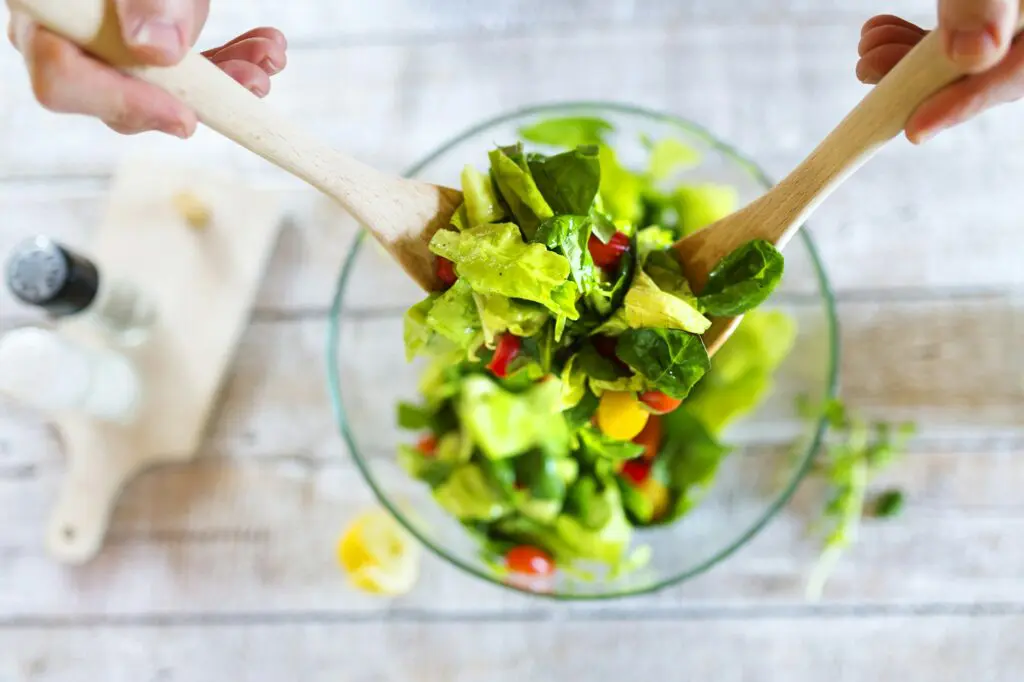
What makes them special:
They’re packed with fiber and nutrients that help your digestion and reduce inflammation.
How to use them:
- Massage kale with olive oil to make it easier to digest
- Steam them lightly if raw greens bother your stomach
- Eat them with healthy fats like avocado to absorb more nutrients
- Keep them fresh with a damp paper towel
- They work great in smoothies
Try these recipes:
- “Kale Pineapple Smoothie” – easy and great for your gut
- “Sautéed Garlic Spinach” – easy side dish
6. Artichokes
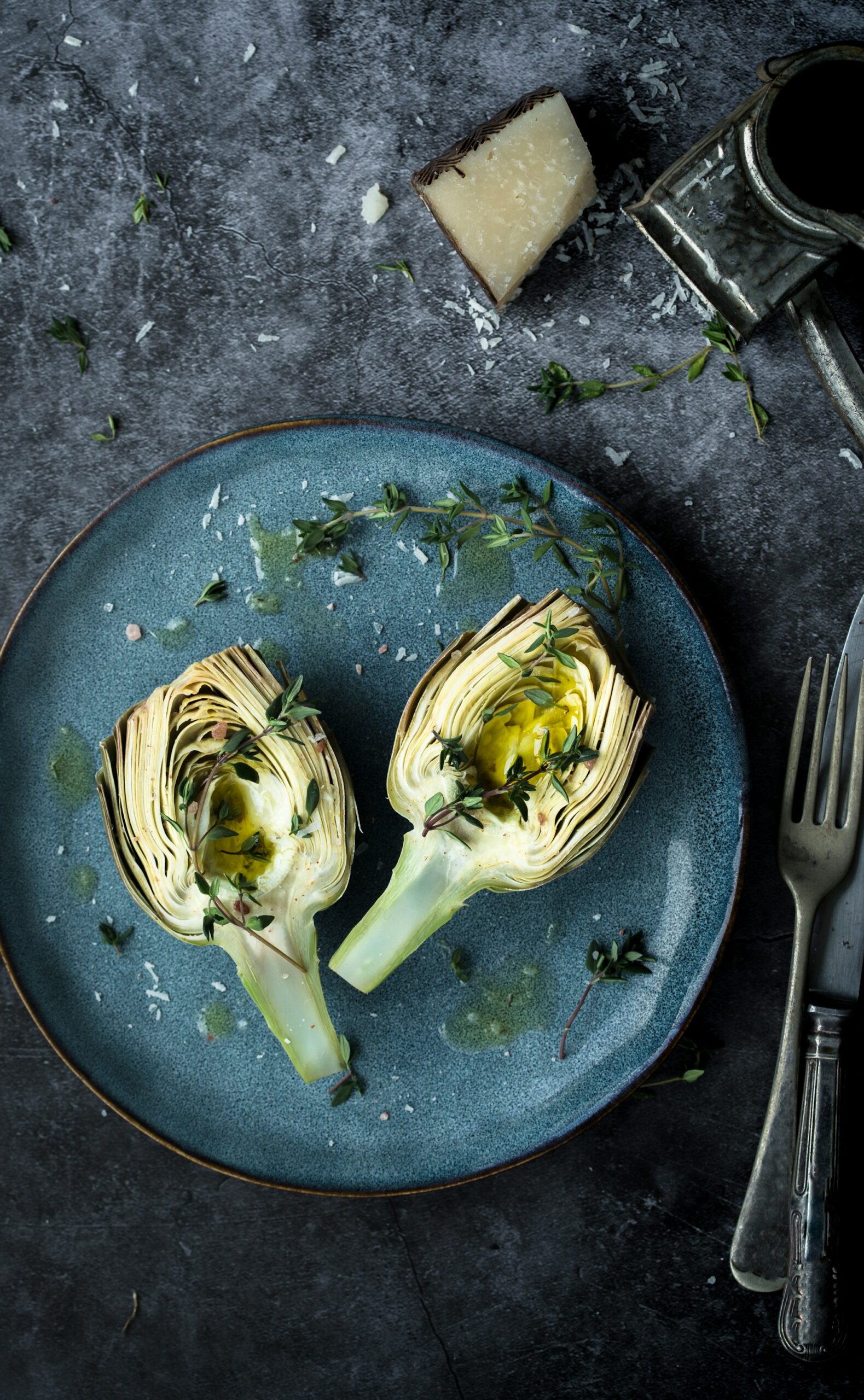
What makes them special:
They’re rich in inulin, a special fiber that feeds the good bacteria in your gut.
How to use them:
- Start with small amounts since they might cause gas
- Cut them thin and roast them for easier digestion
- Cook them well to make them easier to digest
- Add spices like ginger or turmeric
- Store them like potatoes in a cool, dark place
Try these recipes:
- “Roasted Jerusalem Artichokes with Garlic and Herbs” – easy, nutty, and sweet
- “Tuscan Artichoke Soup” – lemony and creamy
7. Garlic
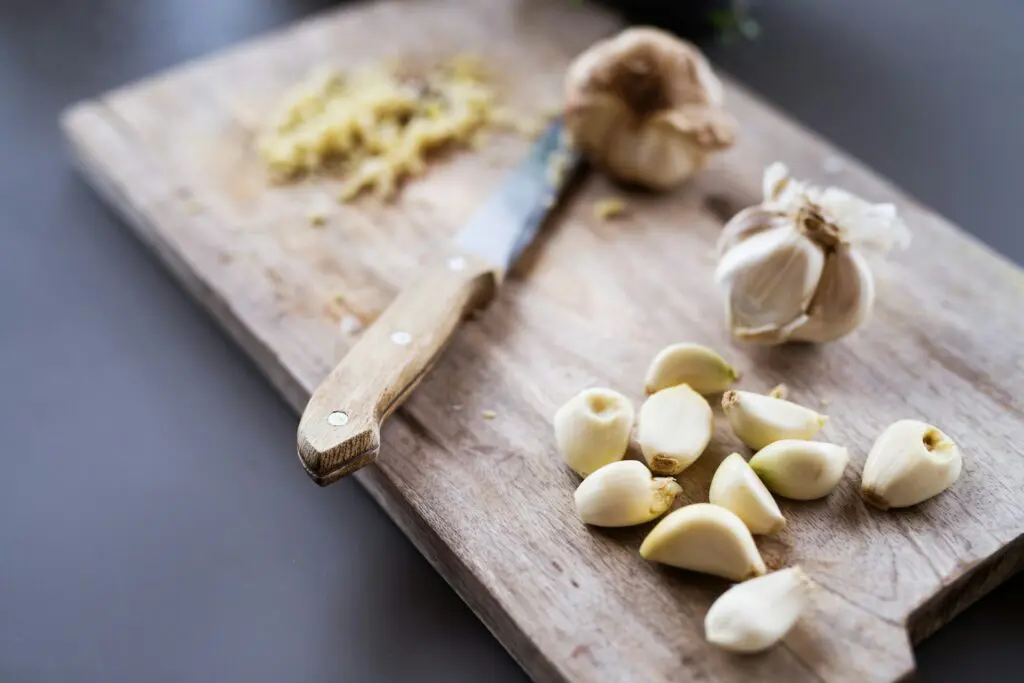
What makes it special:
It has special compounds that feed good bacteria and fight bad bacteria in your gut.
How to use it:
- Crush or chop it and wait 10 minutes before cooking to get the most benefits
- Add it near the end of cooking to keep more good compounds
- Roast whole heads for a sweeter, gentler flavor
- Try fermenting it in honey for extra benefits
- Keep it at room temperature in a dry, airy place
Try these recipes:
- “40 Clove Garlic Chicken” – tender and flavorful
- “Roasted Garlic Hummus” – creamy and smooth
8. Apples
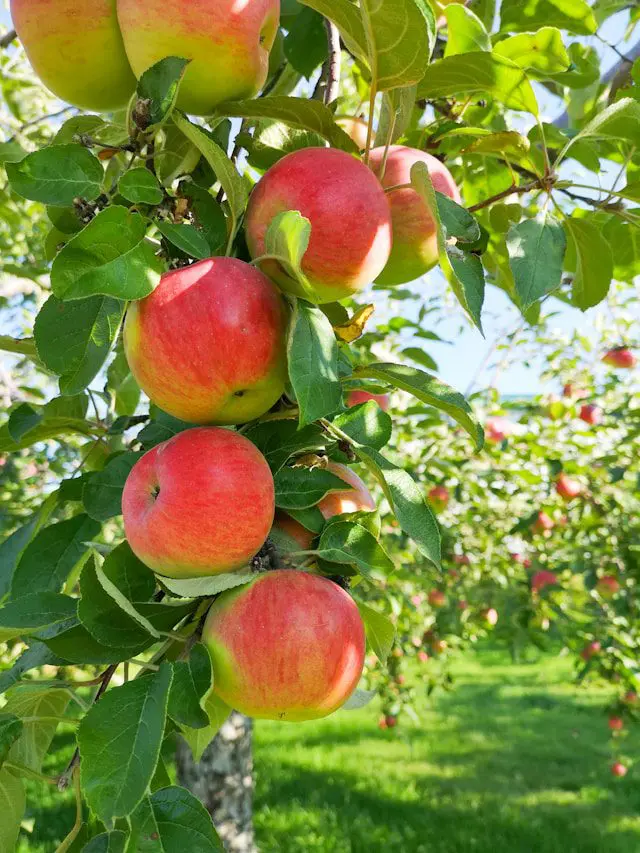
What makes them special:
They contain pectin, a type of fiber that feeds good gut bacteria.
How to use them:
- Eat the skin to get all the fiber
- Grate or cook them if raw apples are hard to digest
- Choose organic if you can – apples often have pesticides
- Keep them in the fridge to stay crisp
Try these recipes:
- “Classic Apple Cinnamon Oatmeal” – another easy breakfast
- “Baked Cinnamon Apples” – healthy comfort food
9. Bananas
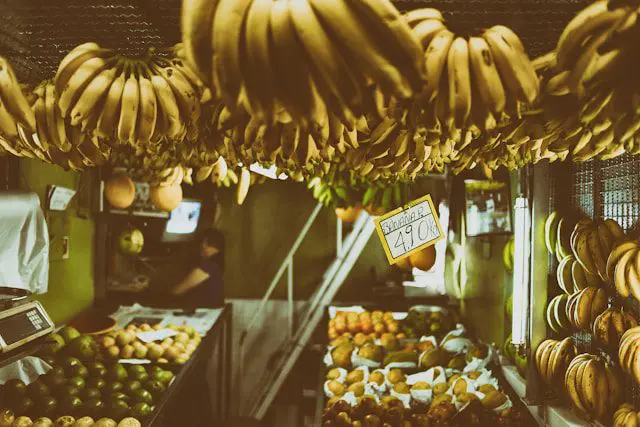
What makes them special:
Slightly green bananas have special starch that helps good gut bacteria grow.
How to use them:
- Pick slightly green bananas for more healthy starch
- Freeze ripe ones for smoothies
- Eat them on an empty stomach
- Keep them at room temperature until ripe, then refrigerate
Try these recipes:
- “Banana Oatmeal Pancakes” – made in a blender!
- “Green Smoothie with Banana” – easy and simple
10. Bone Broth
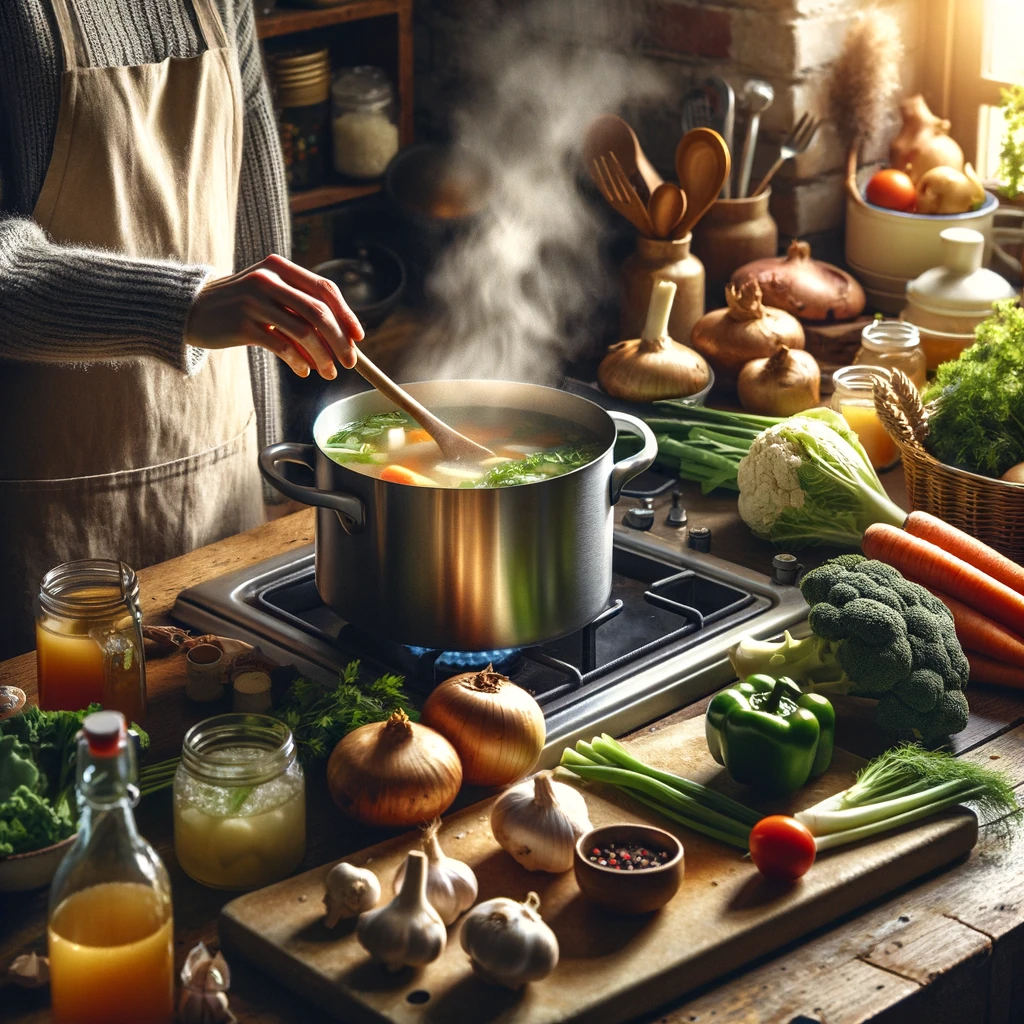
What makes it special:
It has collagen and amino acids that help heal and protect your gut lining.
How to use it:
- Cook it for 12-24 hours to get the most nutrients
- Add apple cider vinegar to help pull out minerals
- Use grass-fed bones when possible
- Remove the fat if it’s hard to digest
- Freeze it in ice cube trays for easy portions
Try these recipes:
- “Classic Bone Broth” – restorative and nourishing
- “Bone Broth Vegetable Soup” – contains both fiber and amino acids
Common Questions About Gut Health
How long until I see improvements?
You might notice your digestion getting better in just a few days after adding these foods. But real changes to your gut bacteria may take several months of eating these foods regularly.
How can I tell if my gut isn’t healthy?
Look for these signs:
- Frequent stomach problems (bloating, gas, diarrhea, constipation)
- Food sensitivities
- Weight changes you didn’t expect
- Feeling tired or sleeping poorly
- Skin problems
- Mood changes often
- Immune system problems
- Craving sugar a lot
Should I take probiotic supplements too?
Probiotic supplements can help but talk to your doctor first. Many people can get most of the good bacteria they need from food alone. Fermented foods often have more types of good bacteria than supplements do.
Can I eat these foods if I have IBS or other digestive problems?
Gut-friendly foods and probiotics are meant to help treat IBS. Start slow and pay attention to how your body reacts. Work with your doctor to create a plan that’s right for you, since everyone’s digestion is different.
How do I know if I’m eating enough gut-healthy foods?
Try to incorporate these top 10 foods for gut health regularly – aim to eat at least one serving at each meal and shoot for variety over quantity. Watch how you feel – better digestion, more energy, and feeling healthier overall are good signs.

Start Your Gut Health Journey Today
Making your gut healthier doesn’t have to be hard. Start by choosing one or two from our top 10 foods for gut health that appeal to you most. Then slowly add more as you get used to them.
Remember, doing something small every day helps more than trying to be perfect. Pay attention to how these foods make you feel and adjust how much you eat based on what your body tells you.
More from Bananomad
- Bananomad breaks down what you need to know about seed oils, which ones to watch out for, and what alternatives might be healthier for cooking.
- Like the taste and health benefits of sourdough and want to make your own? Follow our guide to sourdough bread for beginners and learn the basics.
- Embarking on an RV adventure can be both thrilling and daunting for first timers. Here’s a comprehensive RV essentials list to ensure you’re well-prepared for your travels.


Leave a Reply